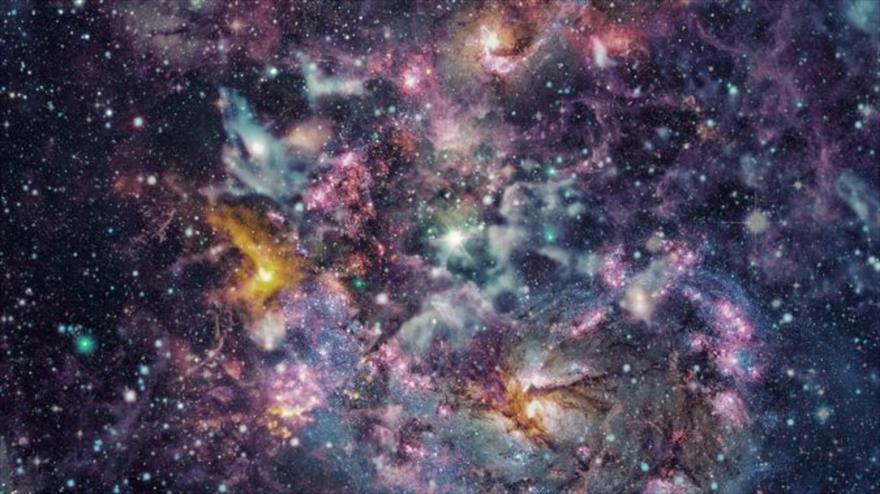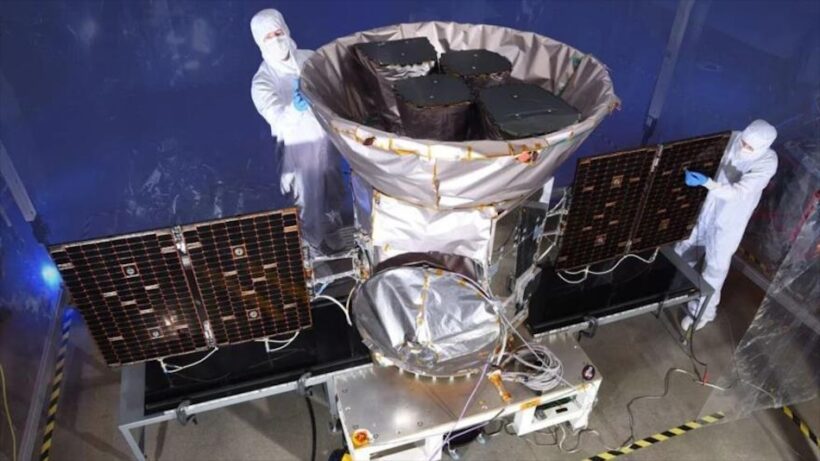A team of scientists has made a significant discovery by identifying 85 new exoplanets using data from NASA’s TESS satellite.
Each of these exoplanets is found in a unique star system, with one planet per star, explained Faith Hawthorn, the study’s director and a PhD student in astronomy and astrophysics at the University of Warwick. The diversity of these exoplanets is notable, ranging from possible rocky to gaseous planets.
Although the possibility of habitability has been noted for some of these planets, Hawthorn stresses the rarity of discovering habitable planets and the need for further research to confirm this feature.
The methodology of the TESS mission involves looking for “transits”, which are the periodic dimming of a star’s light caused by a planet crossing in front of it. This allows astronomers to infer crucial details such as the size of the planet and its orbital period around the star.
 Chinese scientists talk about extraterrestrial civilisations | HISPANTV
Chinese scientists talk about extraterrestrial civilisations | HISPANTV
Chinese scientists have reported detecting several cases of possible traces of technology and extraterrestrial civilisations.
A planet’s distance from its star is a crucial factor in determining its potential habitability, especially if it lies within the ‘habitable zone’, where conditions could be suitable for life. The orbital periods of these new exoplanets are estimated to vary between 20 and 700 days, indicating cooler temperatures compared to most of the exoplanets observed by TESS, which have shorter orbital periods.
Of the 85 exoplanets discovered, 60 are completely new, while another 25 were also detected by different research groups. These findings still await official confirmation from NASA, but the researchers are optimistic that future observations will provide definitive validation.
Faith Hawthorn concludes that there is plenty of scope for further research on these exoplanets, to learn more about their exact orbital periods, the presence of moons, and their exact composition.






